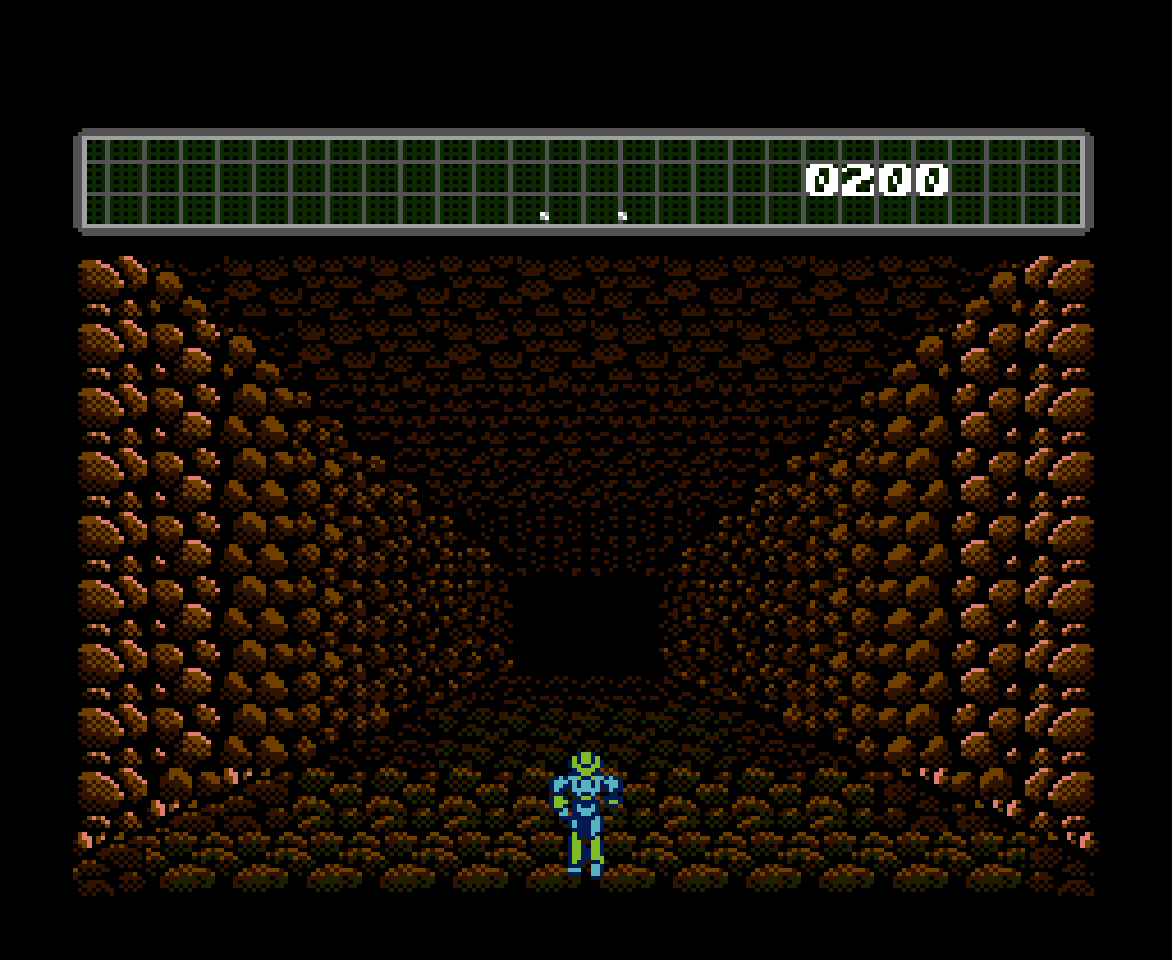

He recovered and finished the campaign with his more typical. On that day in April he was batting only. The performance most worthy of note, of course, is Don Larsen’s perfecto in the World Series:Ĭharlie Robertson’s effort against Detroit included an 0-for-3 day by Ty Cobb. In fact, more than 25 percent are members of the Hall of Fame and there are few pitchers you haven’t at least heard about. There are few slouches on this list of pitchers. PERFECT GAMES, MAJOR LEAGUE HISTORY Pitcher Below is a table listing all 23 perfect games in major league history. Nonetheless, when it comes to perfect games, it is really the only relevant statistic that is easy to find and apply. It is even less predictive for a single at-bat. However, it is less helpful if you try to use it over a given week when a hitter might be on a hot streak or in a slump. So, if you look at a stat like on-base percentage (OBP) it might give you a good sense about how likely a batter is to reach base over the course of a season. The universe – like baseball – runs on statistics. Finally, if you examine a single photon you really can’t predict which it will do at all. However, if you look at 25 photons hitting the glass, you would most likely see one photon reflect, but you would not be surprised to see zero, or two, or maybe even three reflect.

If a billion photons encounter the glass, then about 40 million photons will reflect. So, let’s move on to understanding a bit about how statistics work. This statistical behavior turns out to be fundamentally true of everything in nature and is the basis for the science called “Quantum Mechanics.” However, The Hardball Times is about baseball, not physics. As each photon encounters the glass, it has a one-in-25 chance (four percent) of bouncing back. Therefore, the only workable explanation is statistical. Since the photons are identical, there is no way to distinguish in advance which ones will reflect off the glass and which will go through. Perhaps you have heard of the fundamental particles of light called “photons.” The beam is composed of about a billion-billion identical photons coming out of the flashlight each second. The flashlight’s beam, like everything else in our world, can be broken down into smaller entities.


 0 kommentar(er)
0 kommentar(er)
